预约演示
更新于:2025-11-23

TMS Co., Ltd.
更新于:2025-11-23
概览
标签
心血管疾病
神经系统疾病
其他疾病
小分子化药
疾病领域得分
一眼洞穿机构专注的疾病领域
暂无数据
技术平台
公司药物应用最多的技术
暂无数据
靶点
公司最常开发的靶点
暂无数据
| 排名前五的药物类型 | 数量 |
|---|---|
| 小分子化药 | 6 |
关联
6
项与 TMS Co., Ltd. 相关的药物作用机制 EPHX2抑制剂 [+1] |
在研机构 |
原研机构 |
在研适应症 |
非在研适应症- |
最高研发阶段临床2/3期 |
首次获批国家/地区- |
首次获批日期- |
靶点 |
作用机制 PLG调节剂 |
在研机构 |
非在研适应症- |
最高研发阶段临床1期 |
首次获批国家/地区- |
首次获批日期- |
靶点 |
作用机制 CYP11B2 抑制剂 |
非在研适应症- |
最高研发阶段临床1期 |
首次获批国家/地区- |
首次获批日期- |
2
项与 TMS Co., Ltd. 相关的临床试验JPRN-jRCT2080223786
A single-dose study of TMS-007 in patients with ischemic stroke (phase IIa study)
开始日期2018-02-21 |
申办/合作机构 |
JPRN-jRCT2080222603
Phase I study of TMS-007 in healthy adult male
开始日期2014-09-18 |
申办/合作机构 |
100 项与 TMS Co., Ltd. 相关的临床结果
登录后查看更多信息
0 项与 TMS Co., Ltd. 相关的专利(医药)
登录后查看更多信息
9
项与 TMS Co., Ltd. 相关的文献(医药)2024-08-01·Heliyon
Anti-angiogenic activity of a novel angiostatin-like plasminogen fragment produced by a bacterial metalloproteinase
Article
作者: Yamamoto, Tetsuro ; Hasumi, Keiji ; Shimizu, Kosuke ; Suzuki, Eriko ; Wang, Taolin ; Nishimura, Naoko
Tumor growth depends on angiogenesis, a process by which new blood vessel are formed from pre-existing normal blood vessels. Proteolytic fragments of plasminogen, containing varying numbers of plasminogen kringle domains, collectively known as angiostatin, are a naturally occurring inhibitor of angiogenesis and inhibit tumor growth. We have developed an "affinity-capture reactor" that enables a single-step method for the production/purification of an angiostatin-like plasminogen fragment from human plasma using an immobilized bacterial metalloproteinase. The resulting fragment, named BL-angiostatin, contains one or two glycosyl chains and the N-terminal PAN module, which are not present in canonical angiostatins tested for cancer treatment. BL-angiostatin inhibited angiogenesis in vitro at 20 nM and the growth of both allograft and human xenograft tumors as well as lung metastasis of primary tumors mice at 0.3-10 mg kg-1. Derivatives of BL angiostatin lacking the PAN module or the terminal sialic acids in the glycosyl chains showed reduced anti-angiogenic activity in vivo, suggesting a role for these functions in activity, possibly via conferring a pharmacokinetic advantage to BL angiostatin compared to recombinant angiostatin lacking both features. These results highlight the potential of BL-angiostatin for therapeutic applications.
2023-08-01·iScience
Soluble epoxide hydrolase maintains steady-state lipid turnover linked with autocrine signaling in peritoneal macrophages
Article
作者: Liu, Feng ; Hasumi, Keiji ; Diao, Xueying ; Cong, Haolun ; Takeshima, Hiroshi ; Suzuki, Eriko
Soluble epoxide hydrolase is a widely distributed bifunctional enzyme that contains N-terminal phosphatase (N-phos) and C-terminal epoxide hydrolase (C-EH) domains. C-EH hydrolyzes anti-inflammatory epoxy-fatty acids to corresponding diols and contributes to various inflammatory conditions. However, N-phos has been poorly examined. In peritoneal macrophages, the N-phos inhibitor amino-hydroxybenzoic acid (AHBA) seemed to primarily interrupt the dephosphorylation of lysophosphatidates and broadly attenuated inflammation-related functions. AHBA activated intrinsic lysophosphatidate and thromboxane A2 receptors by altering lipid-metabolite distribution; downstream the signaling, phospholipase C was facilitated to dampen intracellular Ca2+ stores and AKT kinase (protein kinase B) was activated to presumably inhibit inflammatory gene expression. Our data suggest that N-phos maintains steady-state phospholipid turnover connecting autocrine signaling and is a prospective target for controlling inflammatory responses in macrophages.
2016-02-01·Natural product communications4区 · 医学
Isoprene Side-chain of SMTP is Essential for Soluble Epoxide Hydrolase Inhibition and Cellular Localization
4区 · 医学
ArticleOA
作者: Otake, Shinya ; Kitano, Yoshikazu ; Ogawa, Norihiro ; Hasumi, Keiji ; Suzuki, Eriko
SMTPs, a family of natural small molecules that effectively treat ischemic stroke, are subject to clinical development. SMTPs enhance plasminogen activation and inhibit soluble epoxide hydrolase (sEH), leading to promotion of endogenous thrombolysis and anti-inflammation. The SMTP molecule consists of a tricyclic γ-lactam moiety, an isoprene side-chain, and an N-linked side-chain. Here, we investigate the yet-to-be-characterized function of the isoprene side-chain of SMTPs in sEH inhibition and cellular distribution. The results demonstrated that oxidative modification as well as truncation of the side-chain abolished epoxide hydrolase inhibition. The introduction of a terminal hydroxy group exceptionally unaffected epoxide hydrolase, but led to impaired cellular localization, resulting in diminution of cellular epoxide hydrolase inhibition. Thus, the isoprene side-chain of SMTP is an important pharmacophore for epoxide hydrolase inhibition and cellular localization.
7
项与 TMS Co., Ltd. 相关的新闻(医药)2024-01-12
Ji Xing Pharmaceuticals acquired global rights to Biogen’s acute ischaemic stroke treatment on Friday, following a pause in its development last year.The Chinese drug developer, which is mostly focused on cardiovascular diseases, will pay undisclosed upfront and milestone payments for BIIB131, a small molecule plasminogen activator designed to break down blood clots and inhibit local inflammation at the site of thrombosis. Biogen has said this combination could allow for an extended treatment window compared to existing thrombolytic agentsHowever, last April, Biogen decided to pause the initiation of a Phase IIb study of BIIB131 as part of a wider pipeline trim. The company paid $22 million for an option and subsequent licensing of BIIB131 from Japanese drugmaker TMS in 2021.
引进/卖出临床2期
2024-01-12
BIIB 131 is aimed at treating acute ischemic stroke (AIS) patients. Credit: CGN089/Shutterstock.com.
Ji Xing Pharmaceuticals has acquired
Biogen
’s investigational drug, BIIB 131, aimed at advancing worldwide clinical development to treat AIS.
BIIB 131’s mechanism of action focuses on restoring blood flow after an acute stroke, which could lead to improved patient outcomes.
The drug, which has shown potential in a Phase II trial in Japan, has both thrombolytic and anti-inflammatory properties, potentially extending the treatment window beyond existing standards.
Subjects who received BIIB 131 demonstrated substantially better clinical outcomes at 90 days compared with those who were treated with a placebo.
These results were supported by additional safety and angiographic data.
The terms of the acquisition include an undisclosed upfront payment as well as payments on meeting milestones and royalty payments on worldwide product sales.
Ji Xing Pharmaceuticals CEO and board executive director Sandy Mou stated: “BIIB 131 represents a potential breakthrough for a critical condition (AIS) that has not seen any meaningful pharmacologic innovation for almost 30 years.
“We hope to prove that BIIB 131 will significantly improve clinical outcomes for AIS patients around the world.
“This acquisition will not only enrich JIXING’s pipeline, but also accelerate the execution of our globalisation strategy.”
Ji Xing has also entered a strategic partnership with TMS, following the assignment of an option agreement from Biogen to Ji Xing.
This will see TMS and Ji Xing join forces on the global development of TMS-007, another new treatment for AIS.
TMS will retain royalty-free rights in Japan, while Ji Xing will spearhead its development and commercialisation in other countries.
In a Phase IIa trial of TMS-007 in Japan involving 90 patients with AIS, the small molecule has shown statistically significant difference over placebo on a key efficacy endpoint.
The proportion of subjects with a modified Rankin Scale 0-1 (no or minimal symptoms) at day 90 was the efficacy goal.
Ji Xing has also licensed exclusive rights for JX09 to TMS in Japan.
JX09, an oral treatment for resistant and/or uncontrolled hypertension, is expected to enter Phase I clinical trials in 2024.
临床结果临床1期临床2期并购
2024-01-11
Jixing Pharmaceuticals will develop investigational drug globally
SHANGHAI, China I January 11, 2024 I
Ji Xing Pharmaceuticals (“JIXING”), a clinical-stage biopharmaceutical company committed to bringing innovative medicines to underserved patients with serious and life-threatening diseases, announced today the acquisition of BIIB131 from Biogen, for global clinical development.
BIIB131 is an investigational drug for acute ischemic stroke (AIS). Its proposed mechanism of action includes both thrombolytic and anti-inflammatory activities. By restoring critical blood flow following acute stroke, it may benefit more patients over current standard of care by extending the otherwise short treatment window.
In the prior Phase 2 clinical trial conducted in Japan, patients treated with BIIB 131 had significantly improved clinical outcomes (proportion of patients with no or minimal neurological deficits) at 90 days, compared to placebo. This was further supported by safety and angiographic findings.
"Stroke is a serious threat to global health. BIIB 131 represents a potential breakthrough for a critical condition (AIS) that has not seen any meaningful pharmacologic innovation for almost 30 years. We hope to prove that BIIB 131 will significantly improve clinical outcomes for AIS patients around the world”, said Sandy Mou, Board Executive Director and Chief Executive Officer of JIXING. “This acquisition will not only enrich JIXING’s pipeline, but also accelerate the execution of our globalization strategy.”
“We believe that BIIB131 has the potential to change the way we treat acute strokes,” said Roderick Wong, MD, Managing Partner and Chief Investment Officer of RTW Investments, LP. “We would like to thank Biogen and TMS for their ongoing partnership and for their efforts to bring this asset to where it is today.”
Under the terms of the agreement, JIXING will acquire the program for an undisclosed upfront with potential milestones and royalties on global sales.
JIXING is a biopharmaceutical company headquartered in Shanghai committed to bringing innovative science and medicines to underserved patients with serious and life-threatening diseases in China and around the world. Backed by RTW Investments, LP, JIXING was founded in 2019 and partners with global biotechnology companies to develop and commercialize novel, innovative therapeutics to treat unmet medical needs in cardiovascular and ophthalmic diseases. With a strong and further developing asset pipeline, seasoned management team, and patient-centric focus, JIXING is dedicated to delivering a meaningful and lasting impact on patients.
JIXING’s cardiovascular portfolio includes 3 assets in late-stage clinical development (aficamten, etripamil, omecamtiv mecarbil) and 1 in pre-clinical stage (JX09). JIXING's ophthalmology portfolio includes 4 assets in late-stage clinical development (varenicline solution nasal spray/US brand name TYRVAYA, OC-02 nasal spray, JX06/LNZ100, JX07/LNZ101) and 1 asset in pre-clinical stage (JX08). For further information about JIXING, please visit www.jixing.com .
SOURCE:
Ji Xing Pharmaceuticals
临床2期临床结果并购
100 项与 TMS Co., Ltd. 相关的药物交易
登录后查看更多信息
100 项与 TMS Co., Ltd. 相关的转化医学
登录后查看更多信息
组织架构
使用我们的机构树数据加速您的研究。
登录
或
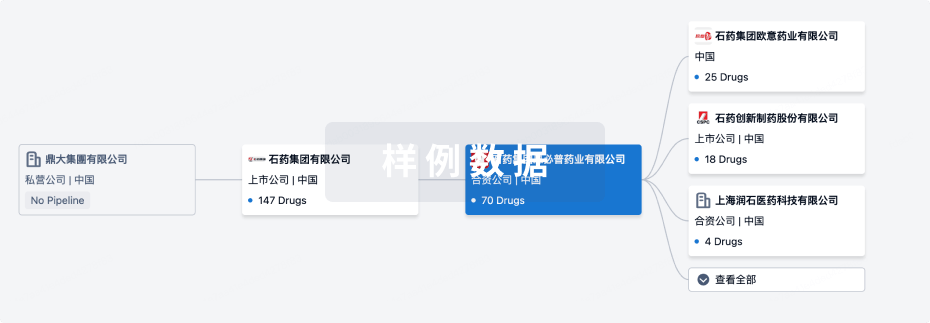
管线布局
2025年12月25日管线快照
管线布局中药物为当前组织机构及其子机构作为药物机构进行统计,早期临床1期并入临床1期,临床1/2期并入临床2期,临床2/3期并入临床3期
临床前
3
2
临床1期
临床2期
1
登录后查看更多信息
药物交易
使用我们的药物交易数据加速您的研究。
登录
或

转化医学
使用我们的转化医学数据加速您的研究。
登录
或
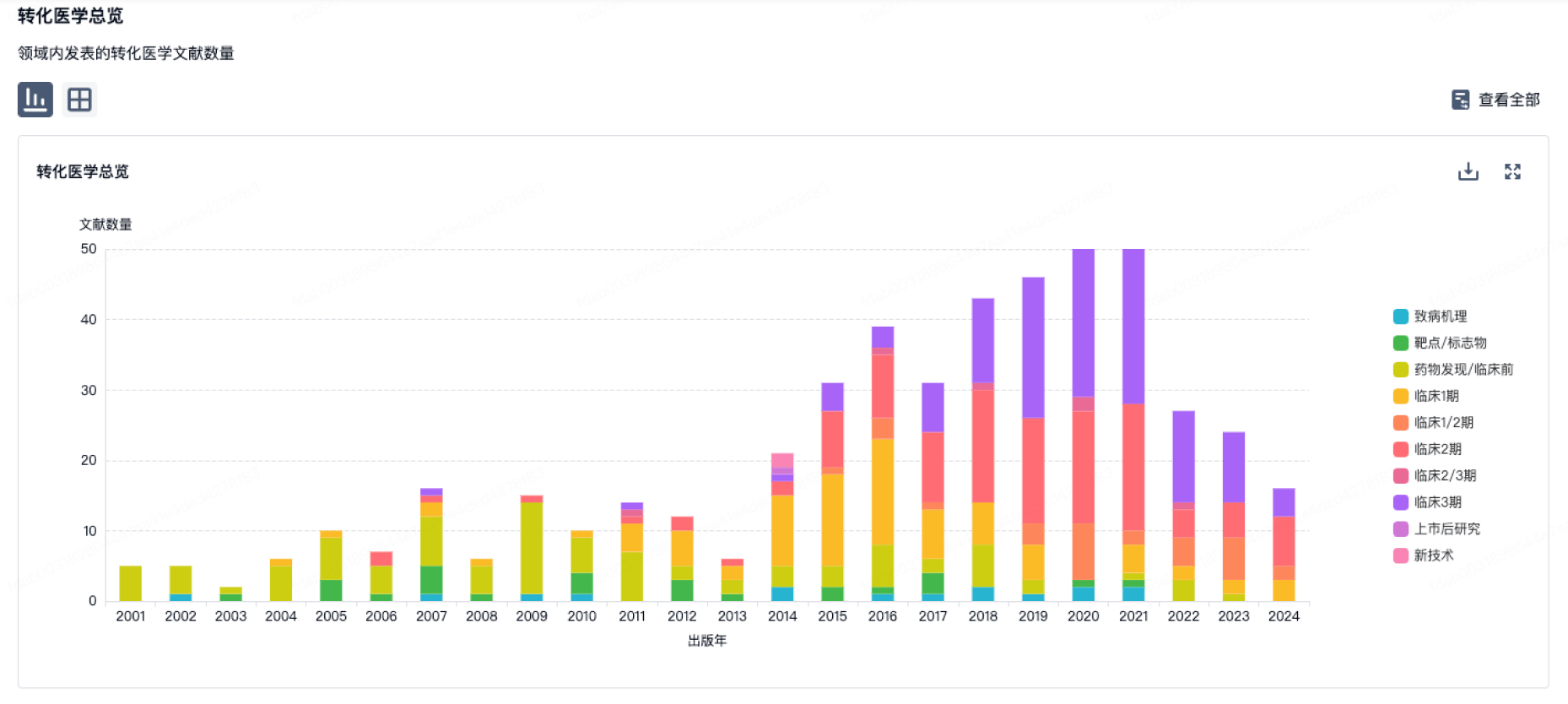
营收
使用 Synapse 探索超过 36 万个组织的财务状况。
登录
或

科研基金(NIH)
访问超过 200 万项资助和基金信息,以提升您的研究之旅。
登录
或
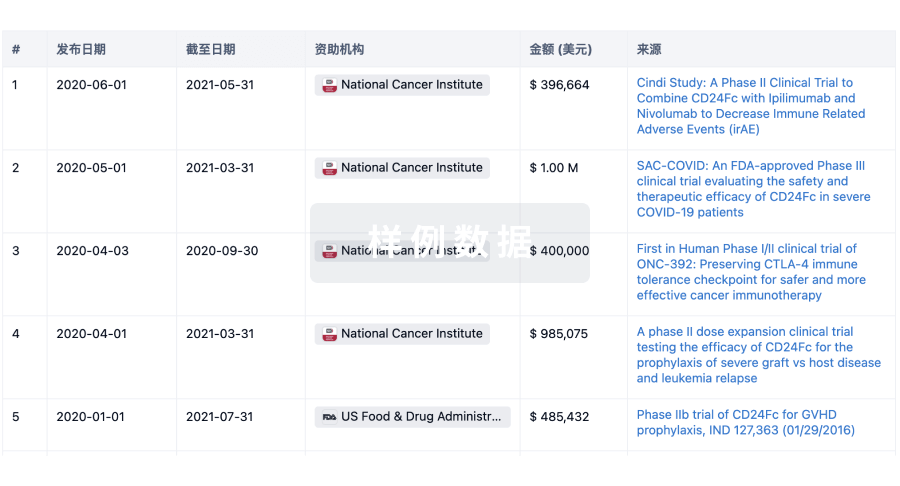
投资
深入了解从初创企业到成熟企业的最新公司投资动态。
登录
或
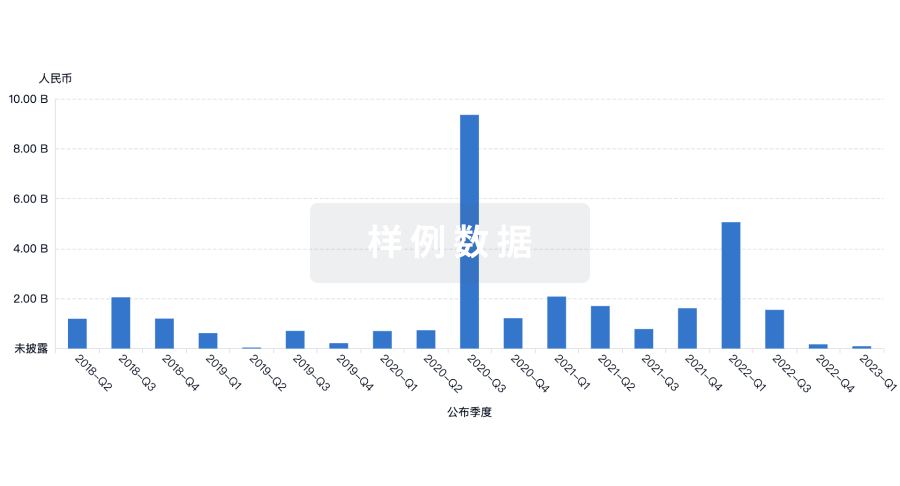
融资
发掘融资趋势以验证和推进您的投资机会。
登录
或
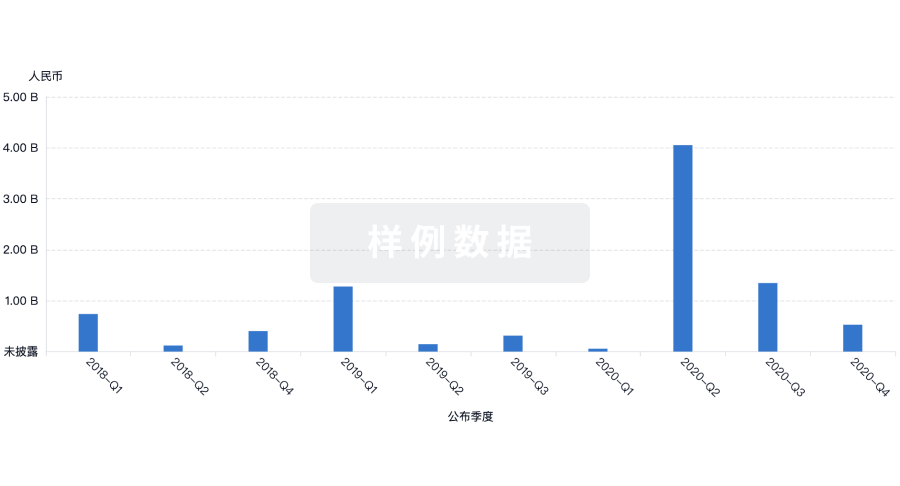
生物医药百科问答
全新生物医药AI Agent 覆盖科研全链路,让突破性发现快人一步
立即开始免费试用!
智慧芽新药情报库是智慧芽专为生命科学人士构建的基于AI的创新药情报平台,助您全方位提升您的研发与决策效率。
立即开始数据试用!
智慧芽新药库数据也通过智慧芽数据服务平台,以API或者数据包形式对外开放,助您更加充分利用智慧芽新药情报信息。
生物序列数据库
生物药研发创新
免费使用
化学结构数据库
小分子化药研发创新
免费使用


